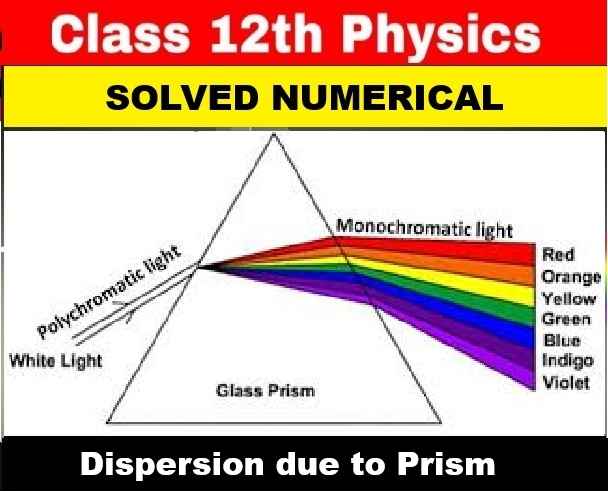Biology Specimen Paper Sec-D 2023 Solved for ISC Class-12. Step by step solutions as council prescribe guideline of model sample question paper. During solutions of Biology specimen paper we explain with figure , graph, table whenever necessary so that student can achieve their goal in next upcoming exam of council. Visit official website CISCE for detail information about ISC Board Class-12.
ISC Class-12 Biology Specimen Paper 2023 Solved sec-D
| Board | ISC |
| Class | 12th (xii) |
| Subject | Biology (Section-D) |
| Topic | ISC Specimen Paper Solved |
| Syllabus | on Revised syllabus |
| Session | 2022-23 |
Biology Specimen Paper Sec-D 2023 Solved for ISC Class-12
Warning :- before viewing solution view Question Paper
ISC SPECIMEN QUESTION PAPER 2023
Biology Paper 1 (Theory)
Maximum Marks: 70
Time Allowed: Three hours
(Candidates are allowed additional 15 minutes for only reading the paper. They must NOT start writing during this time).
- This paper is divided into four sections – A, B, C and D.
- Answer all questions.
- Section A consists of one question having sub-parts of one mark each.
- Section B consists of seven questions of two marks each.
- Section C consists of nine questions of three marks each, and
- Section D consists of three questions of five marks each.
- Internal choices have been provided in two questions each in Section B, Section C and Section D.
- The intended marks for questions are given in brackets [ ].
SECTION D – 14 MARKS
ISC Class-12 Biology Specimen Paper 2023 Solved sec-D
Question 16:
(i) Figure see in question paper .
Observe the given diagram of a typical embryo sac in angiosperm and answer the following questions.
(a) Identify the parts labelled 1, 2, 3 and 4.
(b) Define Syngamy and Triple fusion.
(c) How many nuclei and cells constitute an embryo sac?
(d) Give one point on the significance of double fertilization.
OR
(ii) A couple was expecting their child and visited a doctor for routine check-up. They came to know that the foetus was suffering from an incurable disorder. The doctor advised them to go for MTP.
(a) What is the full form of MTP?
(b) In what way has the technique of MTP been misused?
(c) Which diagnostic technique helped the doctor to detect the disorder in the embryo?
(d) Give one similarity and one difference between Cu7 and LNG-20.
Answer:
(i)
(a) 1. Antipodals
2. Polar nuclei
3. Central Egg
4. Egg
(b) The fusion of the male and female gametes during fertilization is named syngamy. The fusion of the sperm cell with the two polar nuclei during double fertilization is called triple fusion. Syngamy is a generative fertilization. Triple fusion is a vegetative fertilization. It produces a zygote which forms the embryo.
(c) One cell of the nucellus undergoes meiosis to produce four megaspores. One megaspore survives and undergoes three rounds of free nuclear division followed by cellularization to produce an embryo sac consisting of 8 nuclei in 7 cells
(d) Double fertilization provides stimulus to the plant as the ovary develops into a fruit. Due to the fusion of male and female haploid gametes, a diploid zygote is formed.
(ii)
(a) Medical Termination of Pregnancy
(b) MTP has been misused for knowing the sex of the foetus and destroying the same if the foetus is female.
(c) Amniocentesis
(d) Cut is copper releasing IUDs and LNG-20 is hormone releasing IUDs. Cu2+ ions released suppress sperm motility and thus the fertilising capacity of sperms decreases. While the hormone releasing IUDs make the uterus unsuitable for implantation and the cervix hostile to the sperms.
Question 17:
(i) Explain the ‘Species-Area Relationship’ with the help of a graph. Give its mathematical expression also.
(ii) Explain ‘Rivet Popper Hypothesis’.
Answer:
(i)
(ii) The rivets of an aeroplane were compared with species in an ecosystem. If the passengers start to pop the rivets from the wings of the aeroplane, the aeroplane will not be able to perform its flight. So, if the species present in an ecosystem are reduced, the ecosystem will collapse.
Question 18: Describe the process of transcription in prokaryotes.
Answer: Transcription in prokaryotes occurs in the cytoplasm. In prokaryotes, it occurs in three phases- Initiation, elongation, and termination. In the initiation phase, RNA polymerase recognizes a promoter site on the DNA strand. Reading a promoter sequence unwinds the DNA strand and initiates transcription.
–: End of Biology Specimen Paper Sec-D 2023 Solved for ISC Class-12 :–
–: Visit also :–
Return to : ICSE Specimen Paper 2023 Solved
Thanks


